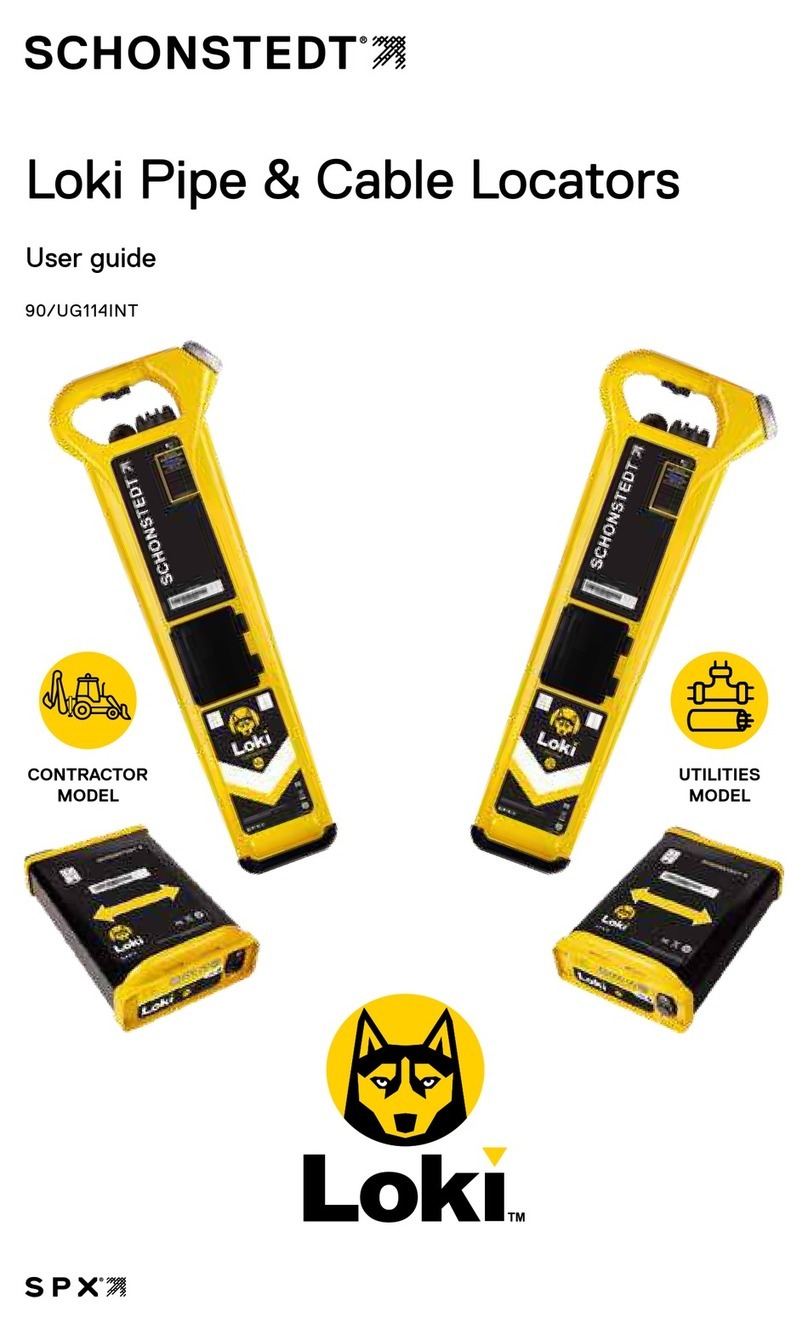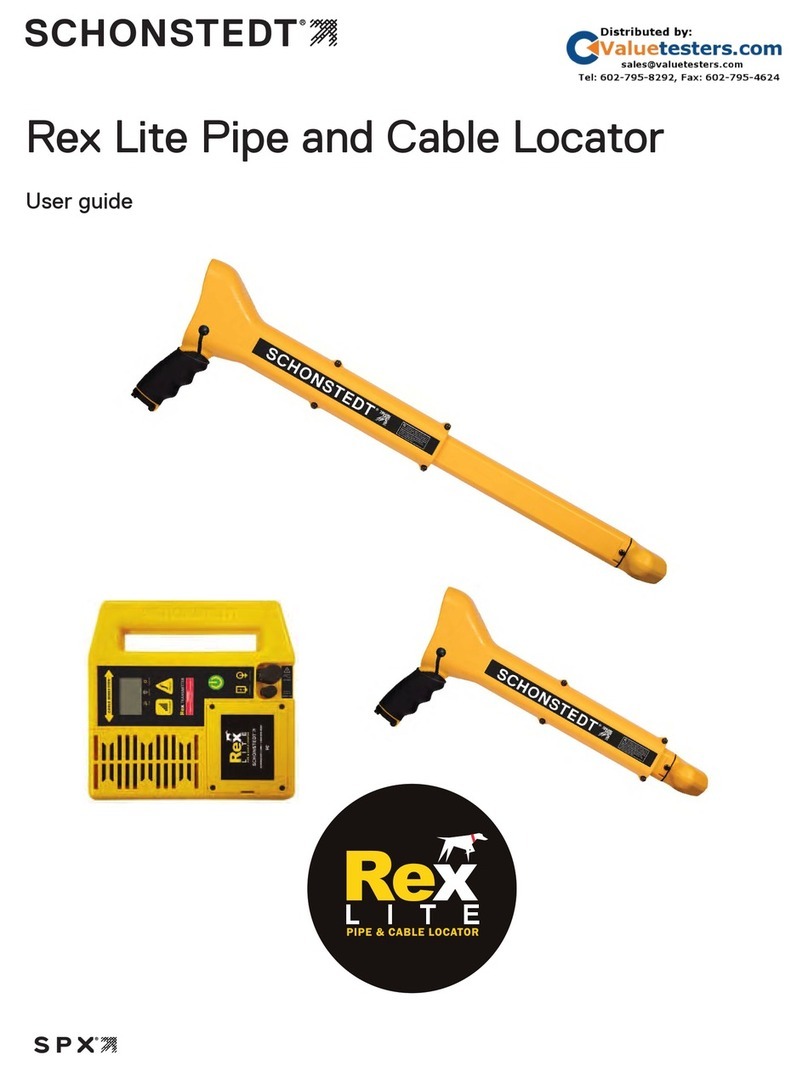
ii
Ta b le o f C o nte nts
C ha pte r 1: Intro duc tio n & O pe ra ting Mo d e s 1
Introduction .................................................................................................................... 2
Passive 50/60 Hz ............................................................................................................. 2
Conductive..................................................................................................................... 2
Inductive Clamp ............................................................................................................ 2
Inductive ......................................................................................................................... 3
Sonde ............................................................................................................................. 3
Operating Recommendations .................................................................................... 4
C ha pte r 2: Re x Re c e ive r 5
Automatic and Manual Gain ...................................................................................... 6
Directional Indication.................................................................................................... 6
Depth Measurement ..................................................................................................... 6
Searching for a Sonde .................................................................................................. 6
Controls ........................................................................................................................... 7
Visual and Audible Indicators ...................................................................................... 8
Connectors and Accessories ..................................................................................... 11
Battery Replacement.................................................................................................. 11
Specifications ............................................................................................................... 12
Regulatory Compliance and Declaration of Conformity ...................................... 13
C ha p te r 3: Re x Tra nsm itte r 14
Automatic and Manual Output Power..................................................................... 15
Output Current Measurement ................................................................................... 15
Line Voltage and Impedance Measurement.......................................................... 15
Controls ......................................................................................................................... 16
Visual and Audible Indicators .................................................................................... 17
Connectors and Accessories ..................................................................................... 18
Battery Charger ........................................................................................................... 19
Recommendations for Battery Charging and Storage .......................................... 21
Battery Replacement.................................................................................................. 21
Specifications ............................................................................................................... 23
Regulatory Compliance and Declaration of Conformity ...................................... 24
C ha p te r 4: Te c hnic a l Supp o rt/ Se rvic e Info rm a tio n 25
C ha p te r 5: Wa rra nty 27































